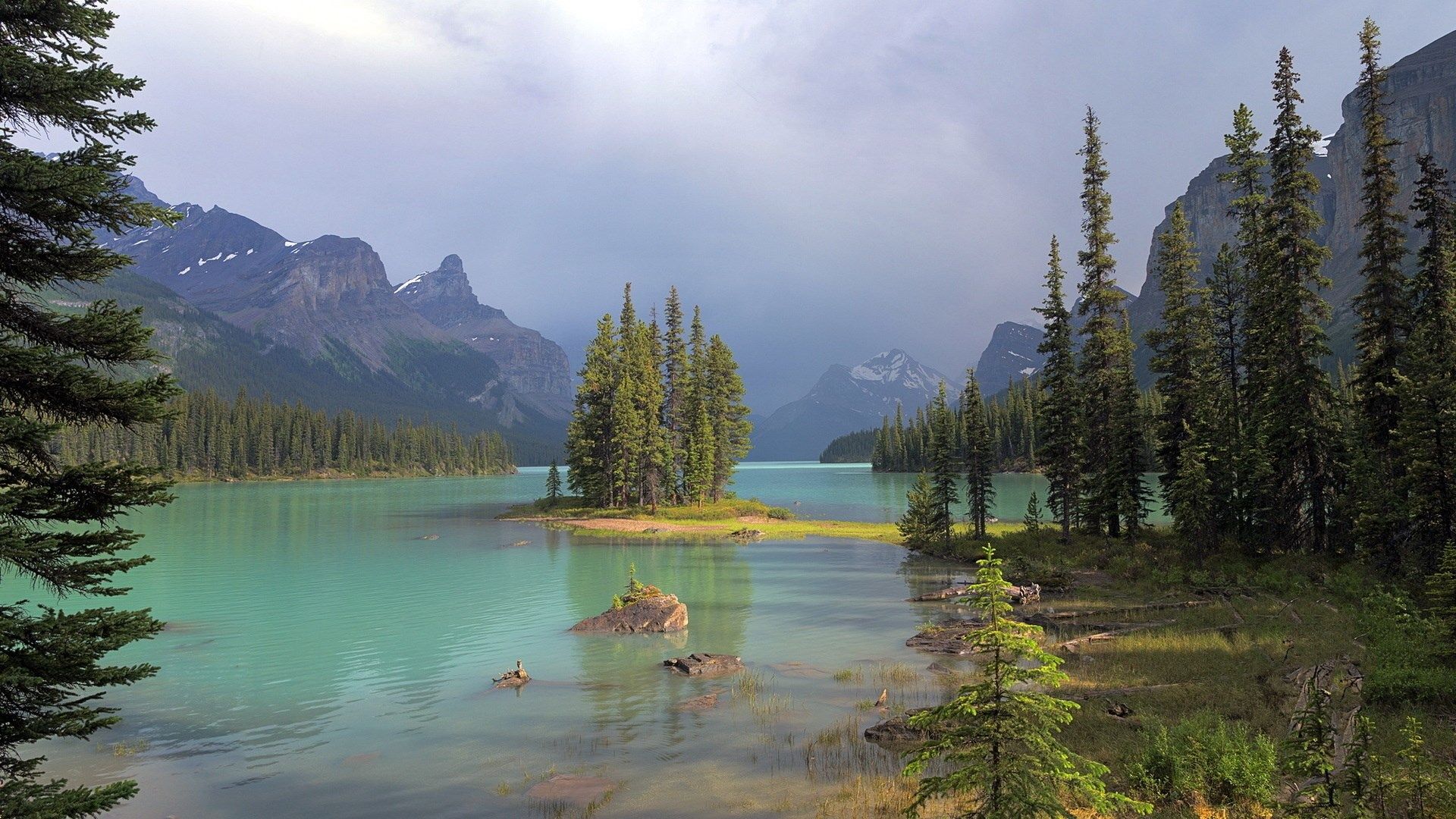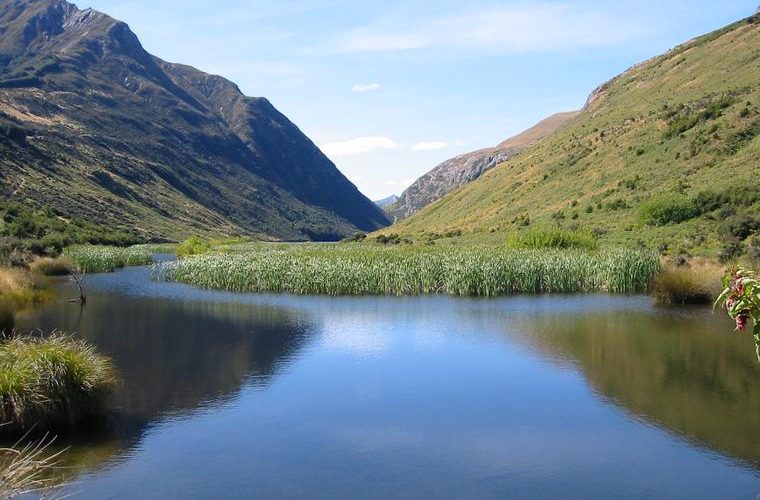Lakes are vital sources of freshwater, supporting ecosystems, agriculture, and human communities worldwide. They also serve as recreational hubs, attracting tourists and outdoor enthusiasts. Welcome to a journey around the globe, where we delve into the mesmerizing beauty of the world’s most stunning lakes. From crystal-clear waters to vibrant hues reflecting the surrounding landscapes, these natural wonders captivate travelers and locals alike with their unparalleled charm.
Lake Overview
Let’s begin our exploration by understanding what makes these lakes truly remarkable. From their geological formations to their ecological significance, each lake has a unique story to tell.
Lake Formation
Explore the geological processes that led to the creation of these breathtaking bodies of water. From glacial movements to volcanic activity, the formation of lakes is a fascinating tale of nature’s power.
Types and Categories
Formed by geological processes such as glaciation, tectonic activity, or volcanic eruptions, natural lakes are diverse in size and shape.
Glacial Lakes
Carved by glaciers, these lakes often boast crystal-clear waters and breathtaking mountain backdrops.

Tectonic Lakes
Formed in depressions created by tectonic forces, these lakes include some of the deepest and oldest bodies of water on Earth.
Man-Made Lakes
Also known as reservoirs or artificial lakes, these bodies of water are created by damming rivers for various purposes such as hydroelectric power generation, irrigation, or water supply.
Hydroelectric Reservoirs
Constructed to harness hydropower, these lakes play a crucial role in renewable energy production.
Recreational Lakes
Created for leisure activities like boating, fishing, and swimming, recreational lakes offer opportunities for relaxation and enjoyment.
Symptoms and Signs
Pristine Waters
Many of the world’s most beautiful lakes are renowned for their crystal-clear waters, which reflect surrounding landscapes like mirrors.
Breathtaking Scenery
Surrounded by majestic mountains, lush forests, or picturesque villages, these lakes offer stunning vistas that captivate visitors.
Unique Flora and Fauna
Lakes support diverse ecosystems, hosting a wide range of plant and animal species adapted to aquatic environments.
Causes and Risk Factors
Natural lakes are formed by geological forces such as glaciation, tectonic activity, or volcanic eruptions, shaping landscapes over millennia.
Human Intervention
Man-made lakes are created through the construction of dams, altering natural landscapes and ecosystems.
Climate Change
Climate change affects lakes by altering water temperatures, precipitation patterns, and glacier melt, posing threats to their stability and biodiversity.
Geological Surveys
Geological surveys help identify potential lake sites and assess their suitability for dam construction or recreational development.
Water Quality Monitoring
Regular monitoring of water quality parameters such as pH, dissolved oxygen, and nutrient levels is essential for assessing the health of lakes and detecting pollution.
Ecological Assessments
Ecological assessments evaluate the biodiversity and ecosystem services provided by lakes, guiding conservation efforts and sustainable management practices.
Environmental Conservation
Protecting lakeshores, reducing pollution, and preserving natural habitats are essential for maintaining the ecological integrity of lakes.
Sustainable Development
Balancing economic development with environmental conservation is crucial for ensuring the long-term sustainability of lakes and their surrounding communities.
Restoration Projects
Restoring degraded lake ecosystems through measures such as wetland restoration, invasive species control, and habitat enhancement can help revive declining populations of native flora and fauna.
Conservation Efforts
Implementing policies and initiatives to conserve freshwater resources, minimize pollution, and protect natural habitats are essential for safeguarding the health of lakes.
Sustainable Practices
Promoting sustainable land use, responsible tourism, and eco-friendly technologies can reduce the environmental impact of human activities on lakeshores and watersheds.
Public Awareness
Raising awareness about the importance of lakes, their ecological value, and the need for conservation is crucial for fostering stewardship and community engagement.
Lake Tahoe, USA
Nestled in the Sierra Nevada Mountains, Lake Tahoe is renowned for its stunning clarity and azure-blue waters. Local efforts to reduce pollution and combat invasive species have helped preserve this natural treasure for future generations.
Lake Baikal, Russia
As the world’s deepest and oldest freshwater lake, Lake Baikal harbors a unique ecosystem with thousands of endemic species. Conservation initiatives aim to protect its pristine waters and fragile biodiversity from increasing threats.
Limnologist
“Lakes are invaluable ecosystems that provide essential services such as water filtration, flood control, and habitat provision. Protecting and restoring these ecosystems is critical for maintaining global biodiversity and human well-being.

Environmental Scientist
“Climate change poses significant challenges to the health and resilience of lakes worldwide, affecting water quality, biodiversity, and ecosystem functioning. Urgent action is needed to mitigate these impacts and adapt to changing environmental conditions.”
Conclusion
In conclusion, the world’s most beautiful lakes are not only breathtakingly scenic but also vital ecosystems that support life and provide numerous benefits to society. By valuing and conserving these natural treasures, we can ensure their preservation for future generations to enjoy.










